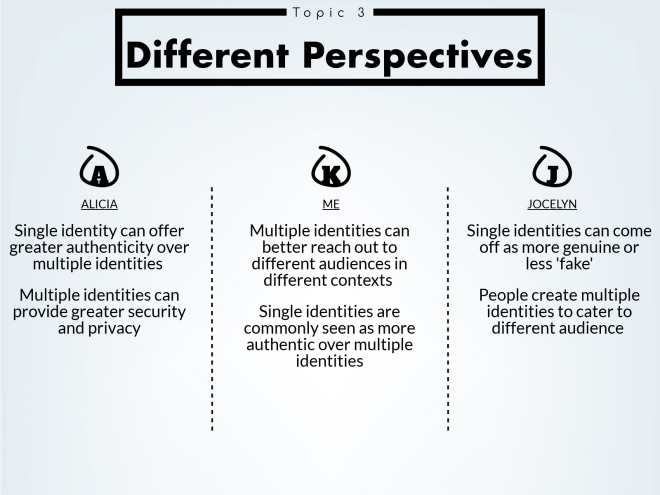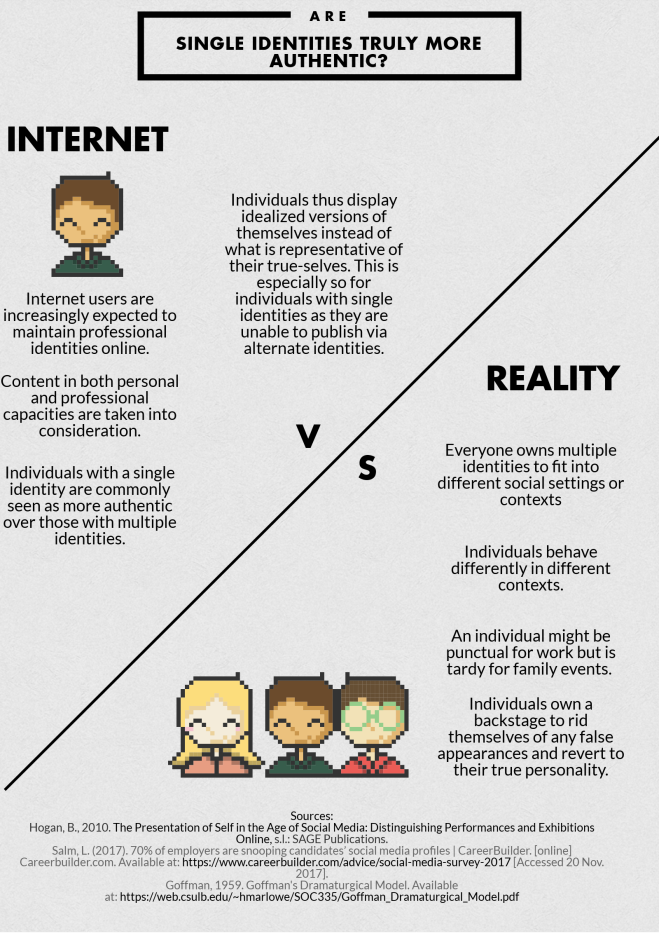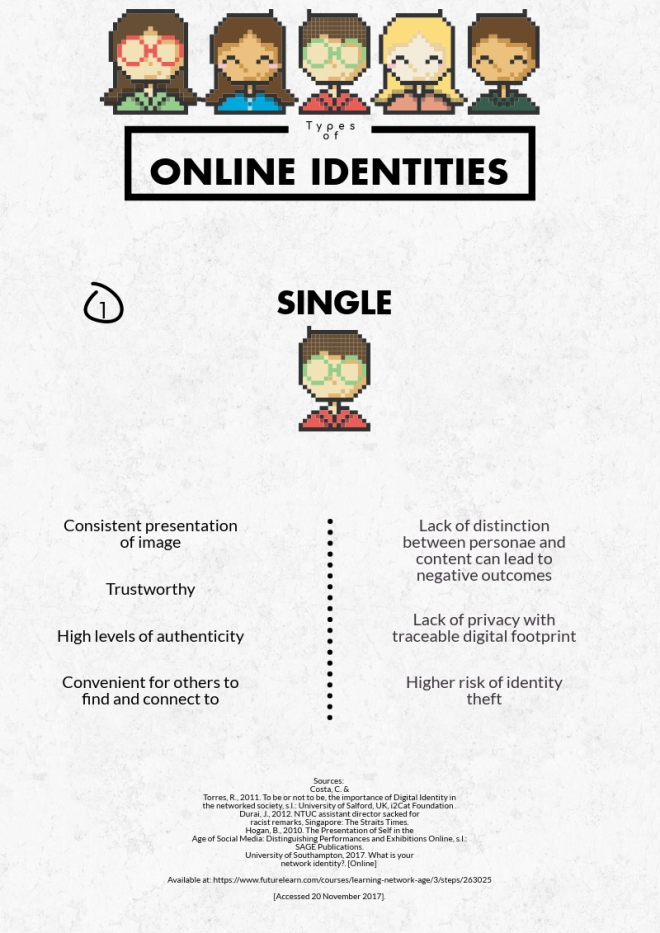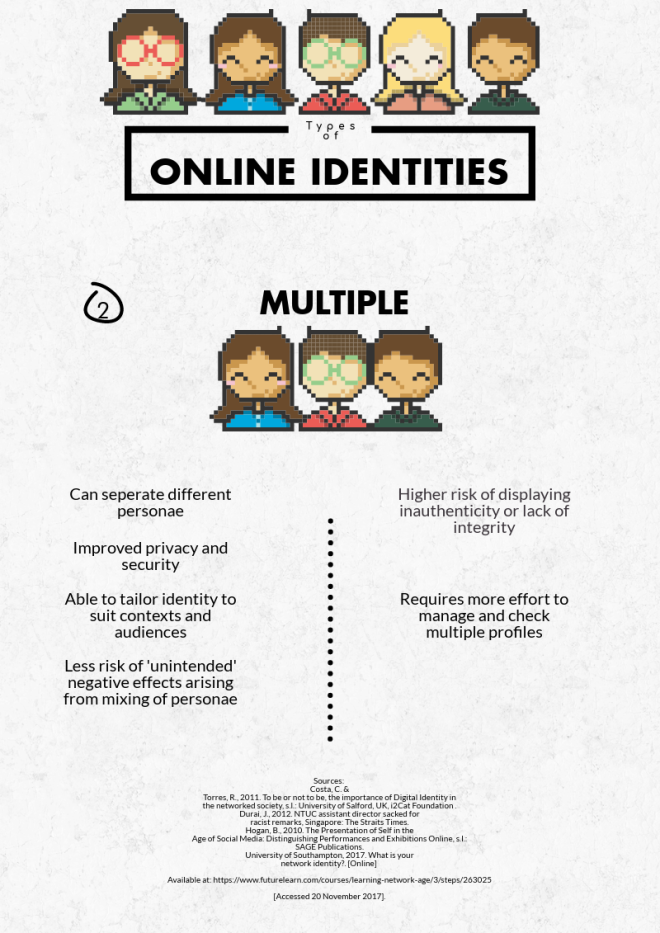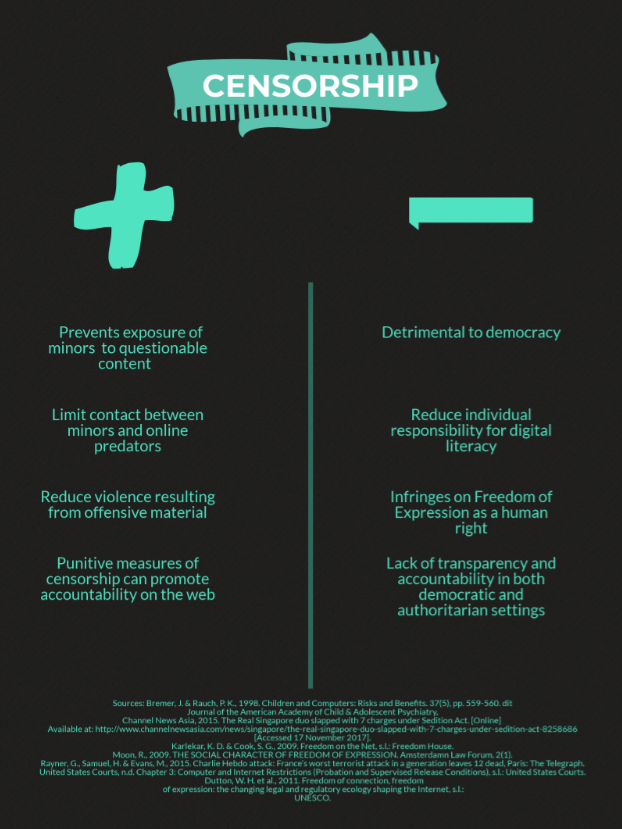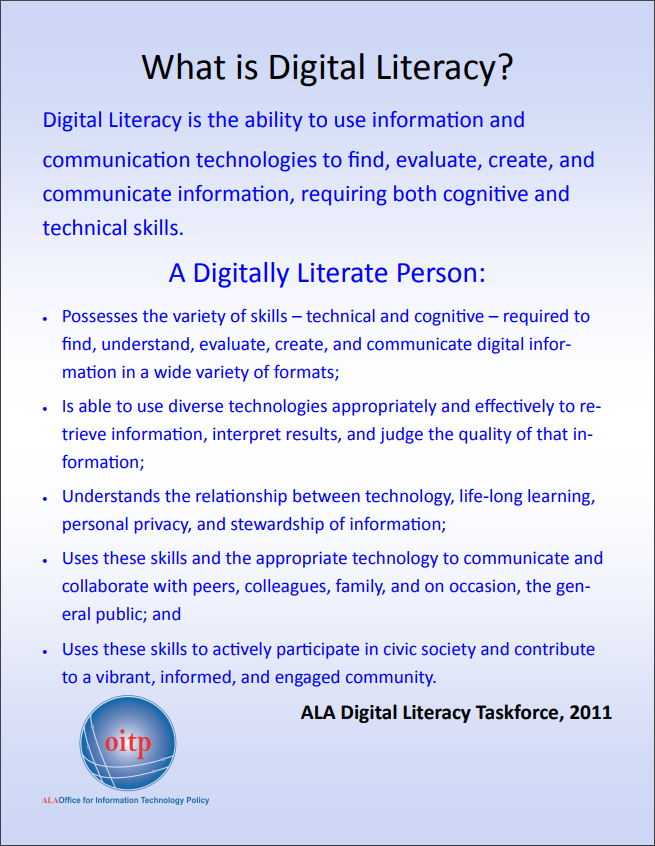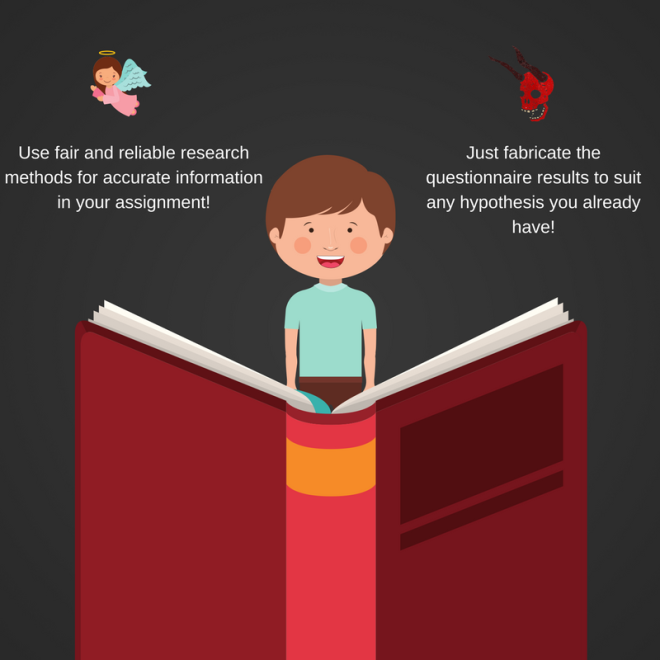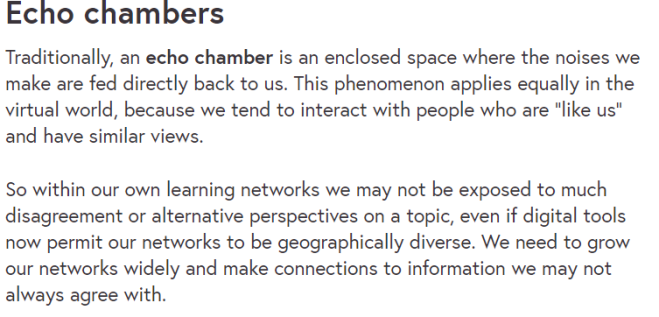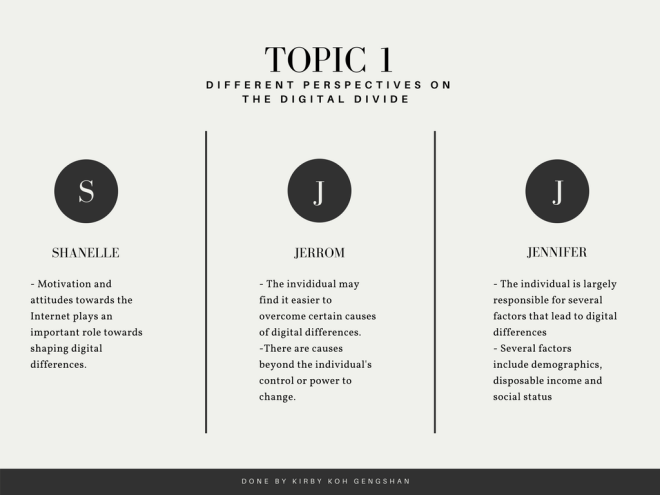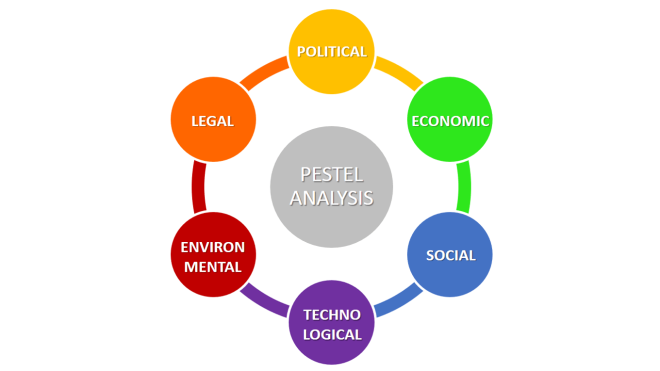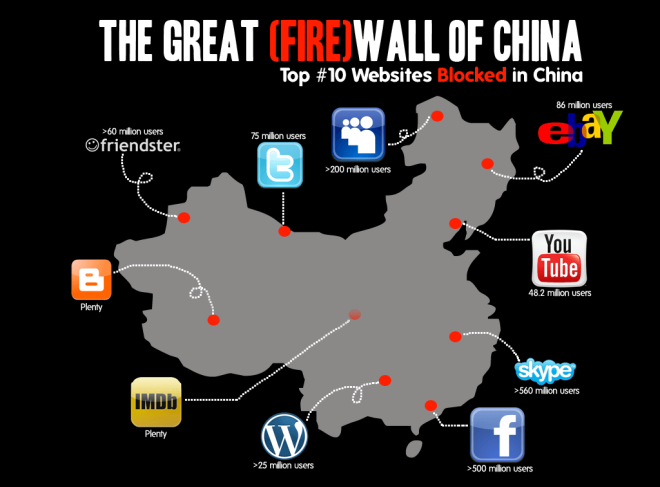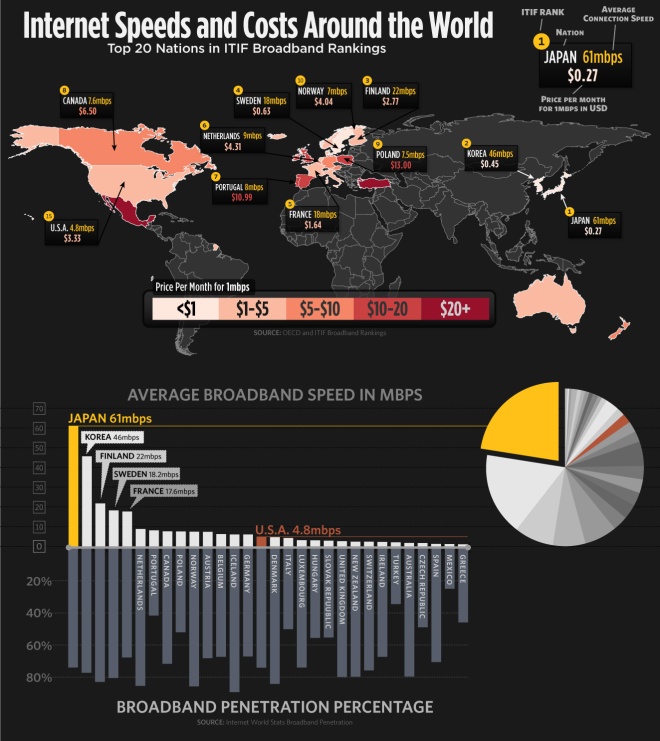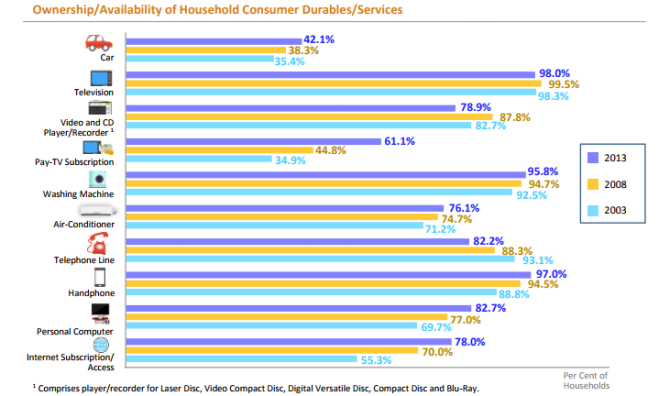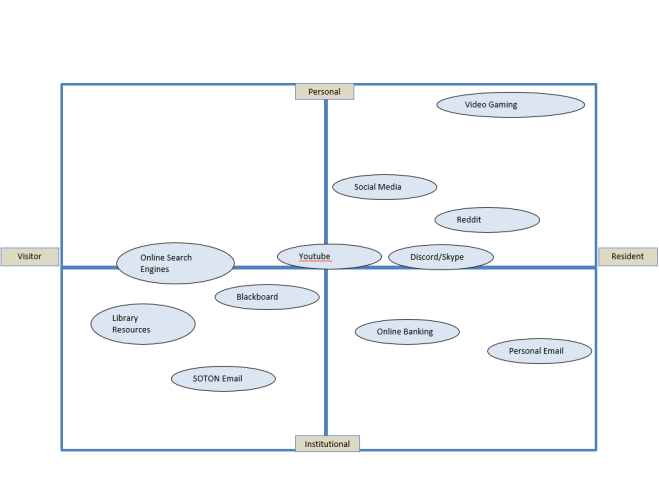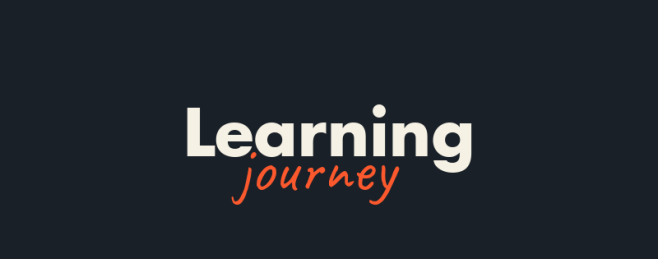
This module has taught me a great deal on several topics. However, it is incomparable to the perspectives and skill-sets that I’ve been exposed to while going through this module. Some examples include research techniques and creation of online materials. Beyond proper research techniques and information literacy, I’ve learnt to consider alternate perspectives as well. An example would be how media organizations and their publications can sometimes be aligned with political agenda. While the publications can be legitimate sources of information, they might not be as credible as many might think. These are several takeaways that will go beyond my time in this module and likely, my life as a student in the University of Southampton.
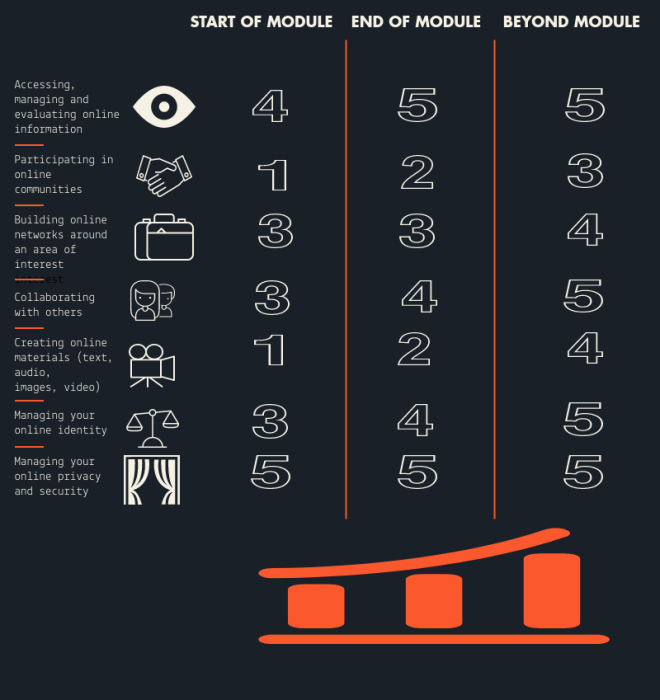
The digital self-test framework revealed to me that I was very much a digital visitor. Over time, my perspectives and competencies had seen an improvement. An example would be how I’d created infographics on my own. Without this module, I wouldn’t have known about Piktochart as a design tool or even considered designing something other than a resume. I am also more confident in maintaing an online and public profile.
Prior to this module, I shared a very transactional relationship with the Internet. The Internet was, to me, an online toolbox. It was where I’d gone to satisfy my needs online. Some examples include online entertainment, video games, research, and social media. And if I’m being honest, pornography. I limited my participation and interaction online as much as possible and to some extent, still do. My apprehension to digital residency was largely based on my fear of judgment, that nobody would take a young adult seriously on the Internet.

However, the module has since forced me to step out of my comfort zone and take a few steps towards digital residency. I’ve had to create online material for the sake of publishing it, participate in discussions and form a public identity. It was extremely daunting for me to take on the task. Yet, the positive feedback and constructive criticism I’ve received have eased my apprehension towards digital residency.
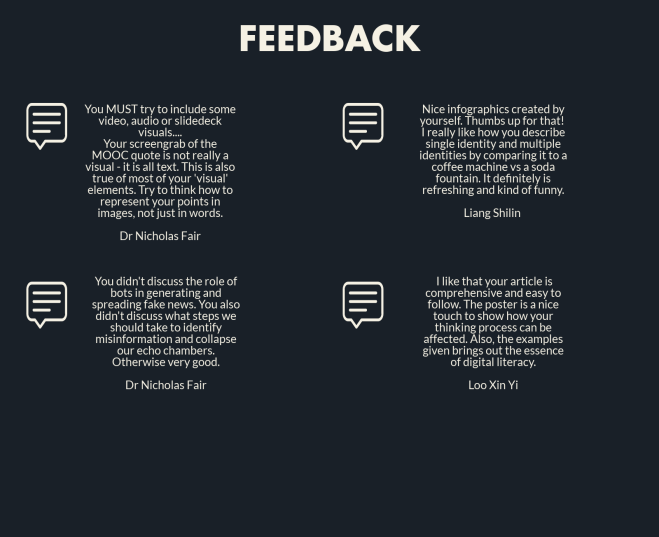
The feedback received during this time has helped a lot with my work. This is especially for the constructive criticism I’ve received from Dr Nicholas Fair. It in providing an alternate perspective on the work I’ve done and prevents me from entering an echo chamber.
From here henceforth, I am working towards a more prolific online presence. An example would be setting up my LinkedIn account. Another example would be to start live-streaming my video game sessions on Twitch.

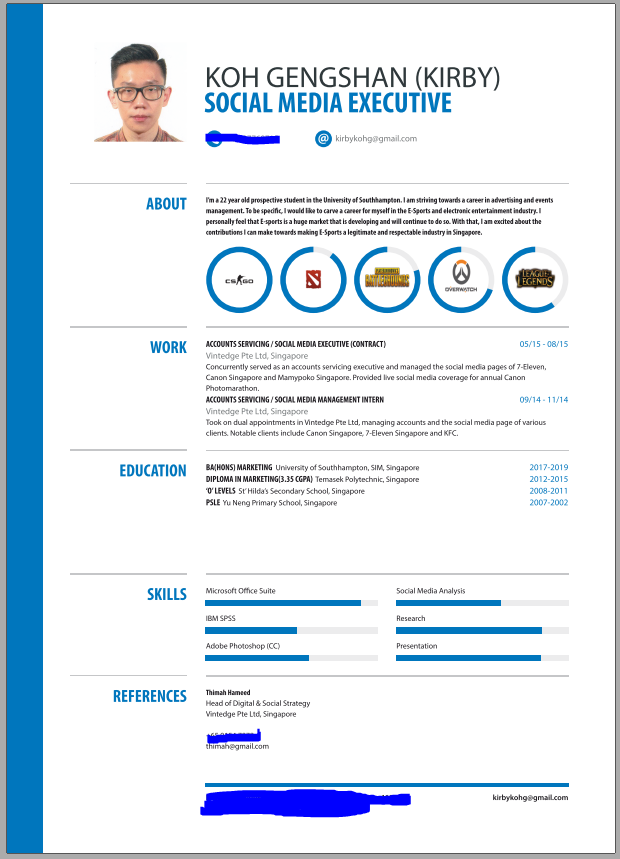
I am positive that my planned online activities will lead to an overall increase in participation on the Internet, a stronger identity and greater digital literacy. Yet, these are merely small steps towards my digital profile. I would have to work on updating my digital profiles with the latest information, curate and manage my existing digital footprints and come up with a consistent post schedule to maintain my relevancy.

The topics in itself were a huge enlightenment on the Internet as a subject. The topic of Digital Residency provided insights on the type of Internet users around. The topic on Digital Divide allowed me to understand the reasons behind the type of Internet users. The subject of digital, media and information literacy had shed some light on the competencies and skills associated with Internet users. Lastly, the topic on digital identities allowed me to review my personal strategy in managing my online profiles.
However, the topics on digital literacy and identities resonated with me more. Digital literacy consists of media, information, data literacy and skills associated with using the Internet. Being adept at accessing, managing and evaluating online information is a skill that will benefit me beyond the classroom. I will probably be required to conduct research, primary or secondary in a professional capacity. I wouldn’t want to embarrass myself or anyone by submitting false information. People have had their careers ruined over poor data literacy (Lin Yangchen, 2015) Therefore, I will not be able to neglect the importance of digital literacy and its components.
Another important takeaway I’ve had is the importance of digital identities and how I shouldn’t fear the creation of single and public identities.. Digital profiles and identities can often last beyond online learning modules too. I’ve always been a private person online, it’s not a result of my personality or fear of lack of privacy. Rather, I attribute my privateness to a fear of being judged negatively. As a result, my public online activity is almost inexistent. This module has made me realize that nobody starts off with the perfect digital profile or identity strategy. Similar to the blog posts, feedback has allowed me to improve my work over time. Digital profiles work the same way too. I’d like to think that everyone has a voice on the Internet, and how loud you are depends on the quality of what you’re saying. Hence, if I put enough effort into releasing credible and high quality content, I’d no longer have to fear negative judgement.
https://www.powtoon.com/embed/fEhzKAO389T/
Word Count: 874 Words
